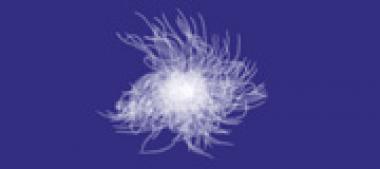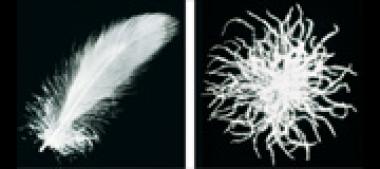Why do down have very good heat-insulating properties?
In contrast to the feather, the down is multi-dimensional. Due to its three-dimensional structure and the ability to continuously recover its original shape, a down traps large amounts of air in proportion to its weight.























